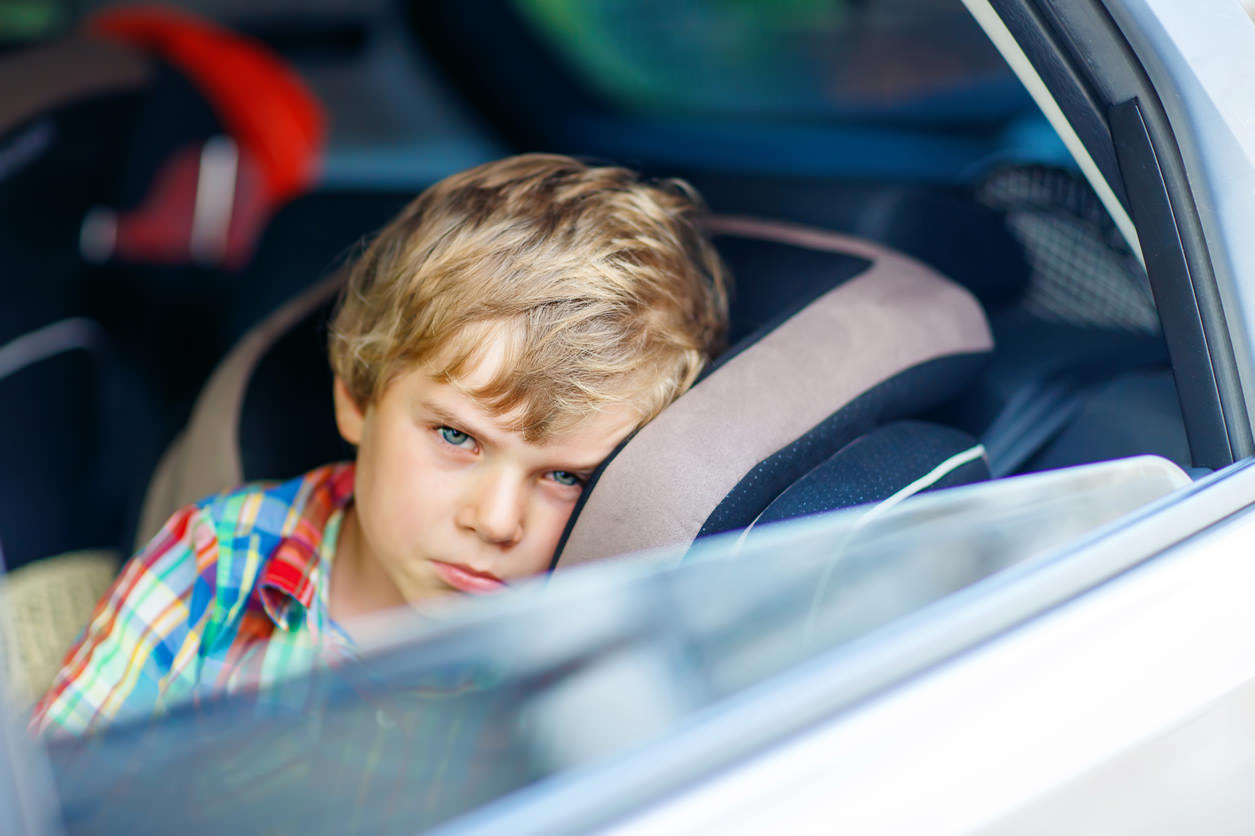The Best Ways To Prevent Travel Sickness In A Car

It is estimated to affect around 20 million people in Britain. For those travelling by car, it usually strikes when they are a passenger. So what steps can be taken to help ward off that weary feeling?
What causes travel sickness in a car?
For most sufferers, motion or travel sickness occurs when riding in a car as a passenger. According to experts, it is caused by a conflict between what our eyes see and our balancing mechanism.
The inner ear helps us balance, and when your eyes send signals to the brain to let it know that you’re moving, but the inner ear fails to do the same you’ll quickly start to feel queasy.
This happens because we can see the world passing by outside the vehicle, but because we’re sitting still, our inner ear is sending mixed messages to the brain.

Spotting the symptoms of travel sickness
If you have experienced travel sickness, you’ll know what the symptoms are. But for those who haven’t – and especially parents of young children - here’s what to look for.
Sufferers will generally say they are cold but their skin will sweat slightly. The colour may drain from their face, leaving the skin looking pallid. And they will most likely complain of feeling dizzy, while their breathing pattern will be rapid and shallow.
After this comes the most unpleasant bit of all – being sick. You’ll probably recognise when this has happened…
Steps to prevent travel sickness
Unfortunately, there isn’t a straightforward, one-size-fits-all cure for travel sickness in a car. However, there are steps parents of children and passengers can take to help prevent it setting in.
Before driving:
- Don’t eat a heavy meal
- Relax and stay calm: worrying about the journey is likely to bring on symptoms
- Try wearing an acupressure band to see if it works for you
- Consider taking an antihistamine travel sickness pill, before getting in the car.
- Always consult a chemist for advice
In the car:
- Don’t read
- Look at the horizon
- If safe, sit in the front passenger seat
- Open the window and get some fresh air
- Have a biscuit! Ginger biscuits can help fight nausea
- Keep travel sickness bags to hand
Tips from parents for preventing travel sickness in kids
One of the most common cures parents report for children suffering from car sickness is to move them to the front passenger seat. However, this should only be done if it is safe to do so, and any required child seat can be correctly restrained in place.
The reason it proves effective is that it gives kids a clear view of the horizon, which helps send the right messages to the brain. Another simple tip is to take off their shoes and socks. A lot of parents swear by this, although siblings may complain about the smell of sweaty feet!
Don’t let them watch films or read, as this will confuse the brain into thinking the body isn’t moving. And finally treat them to a lollipop – not any old lolly, but a Queasy Pop, made of natural ingredients and said to ease a churning stomach.